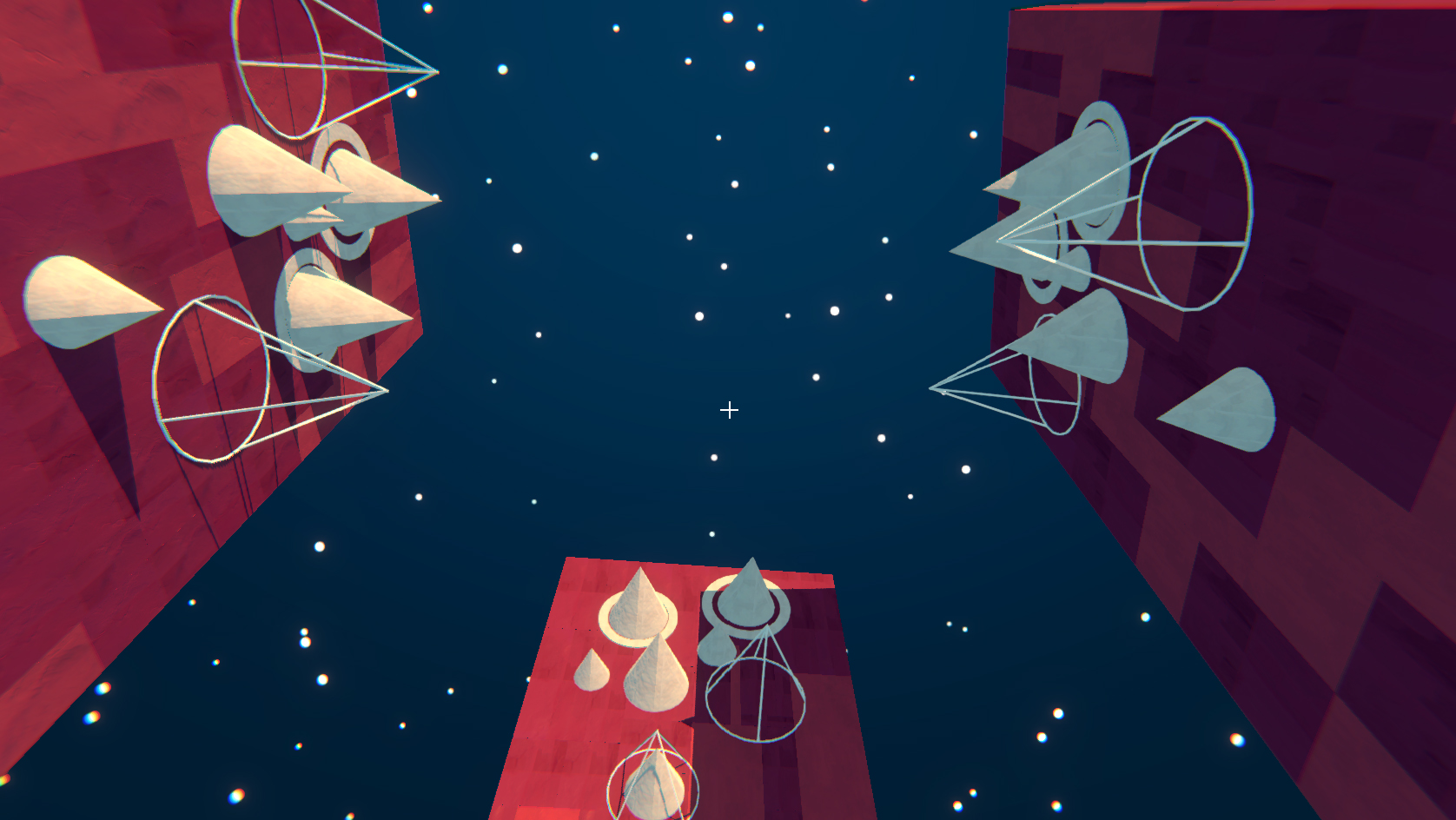
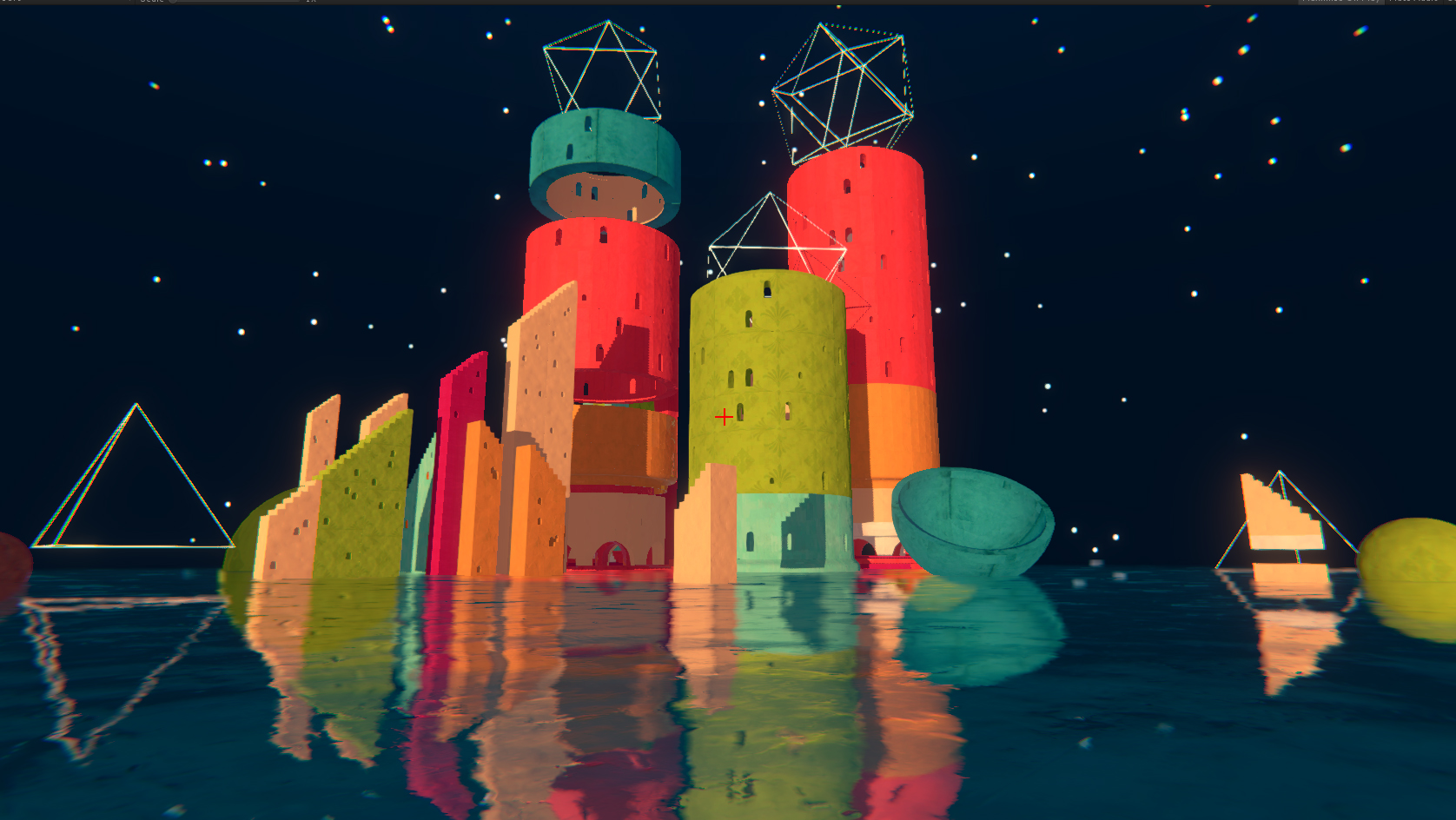
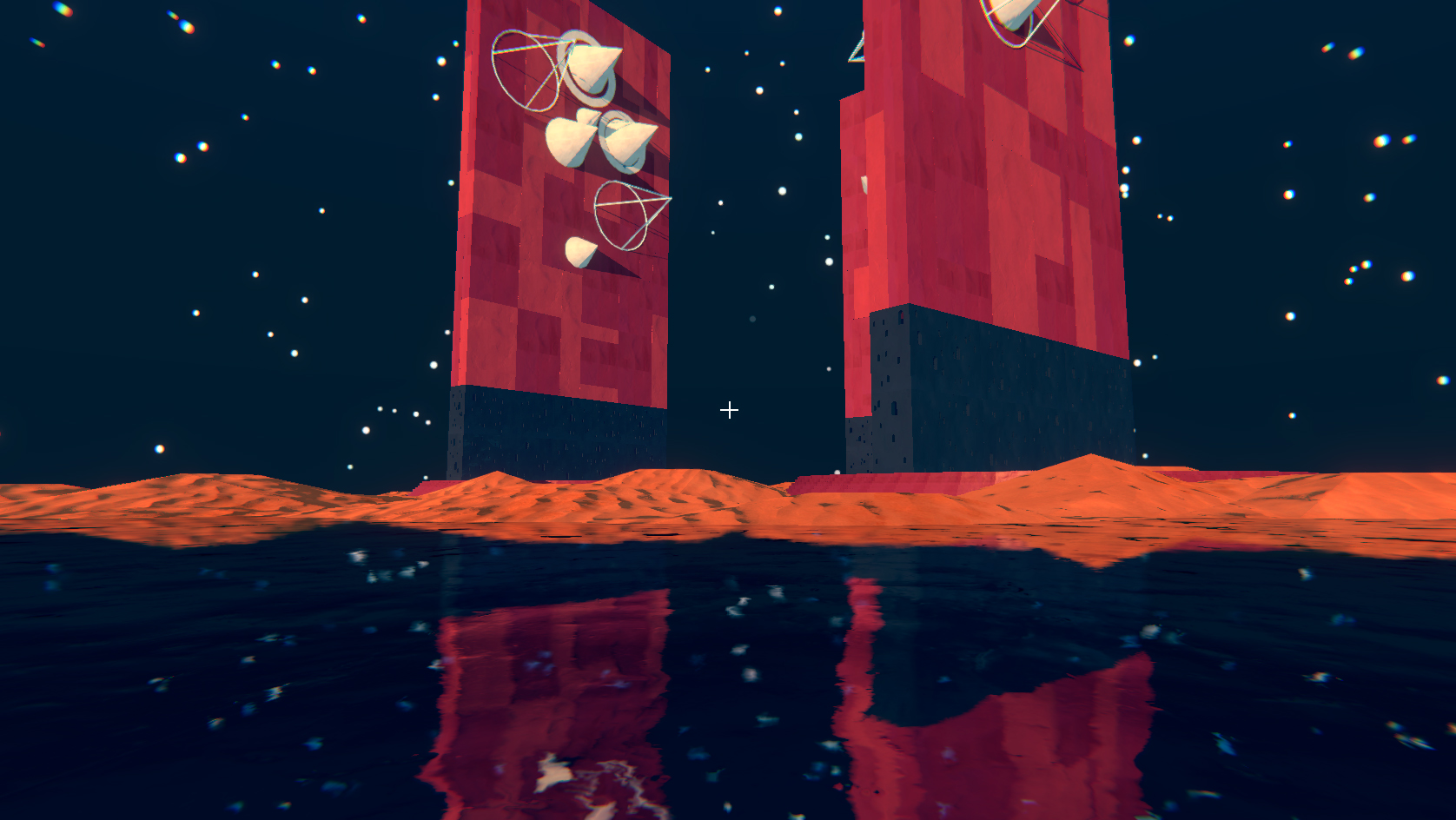
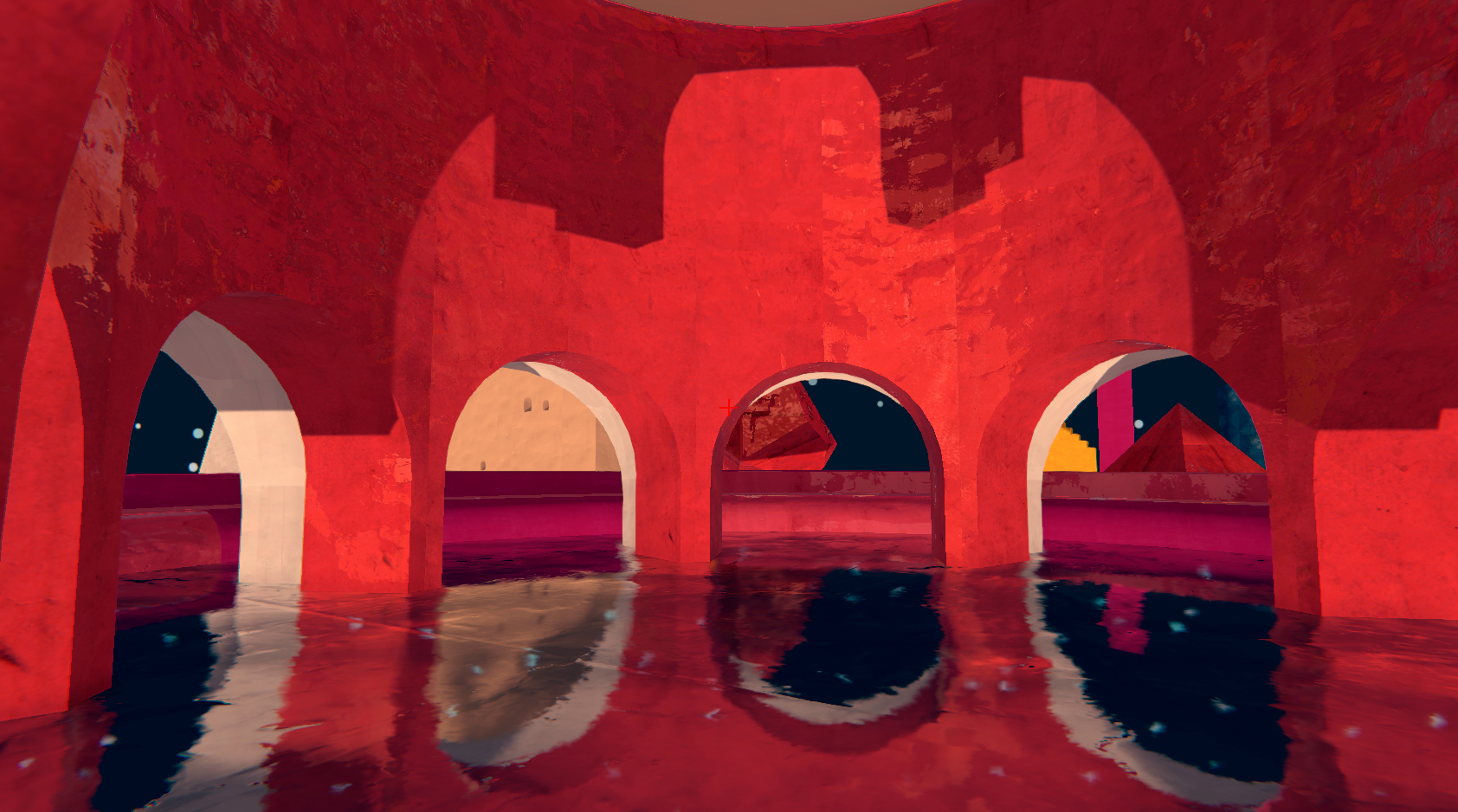

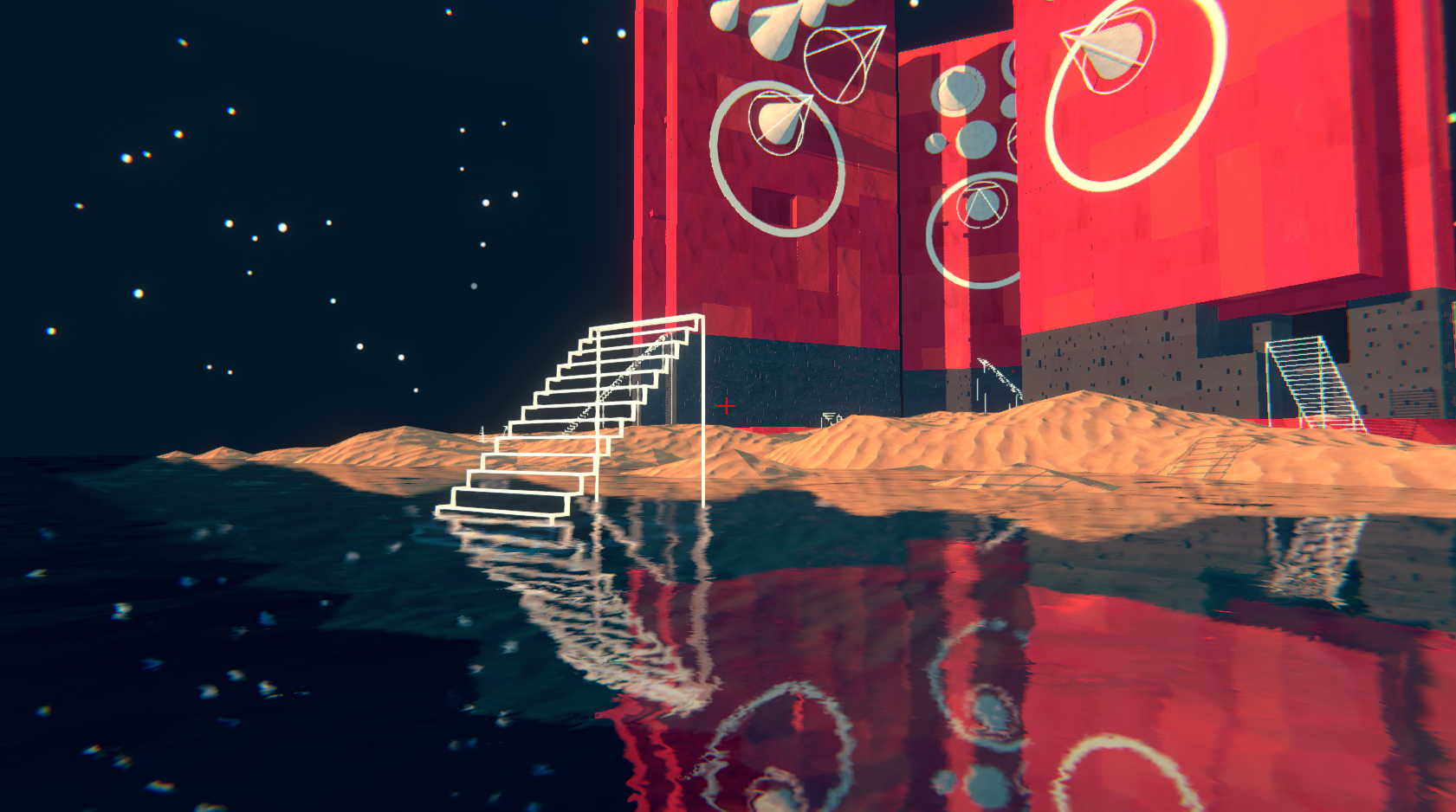
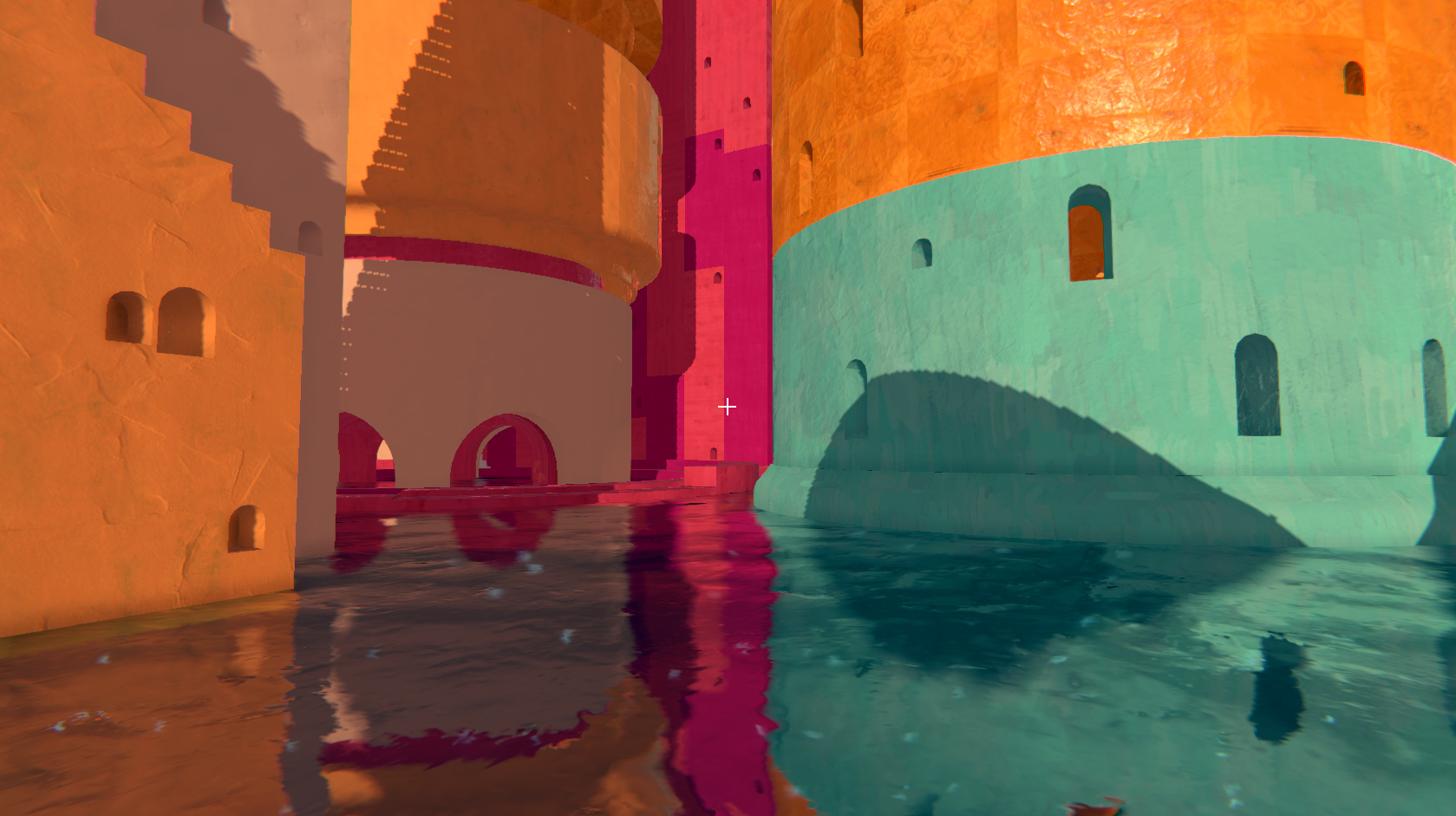

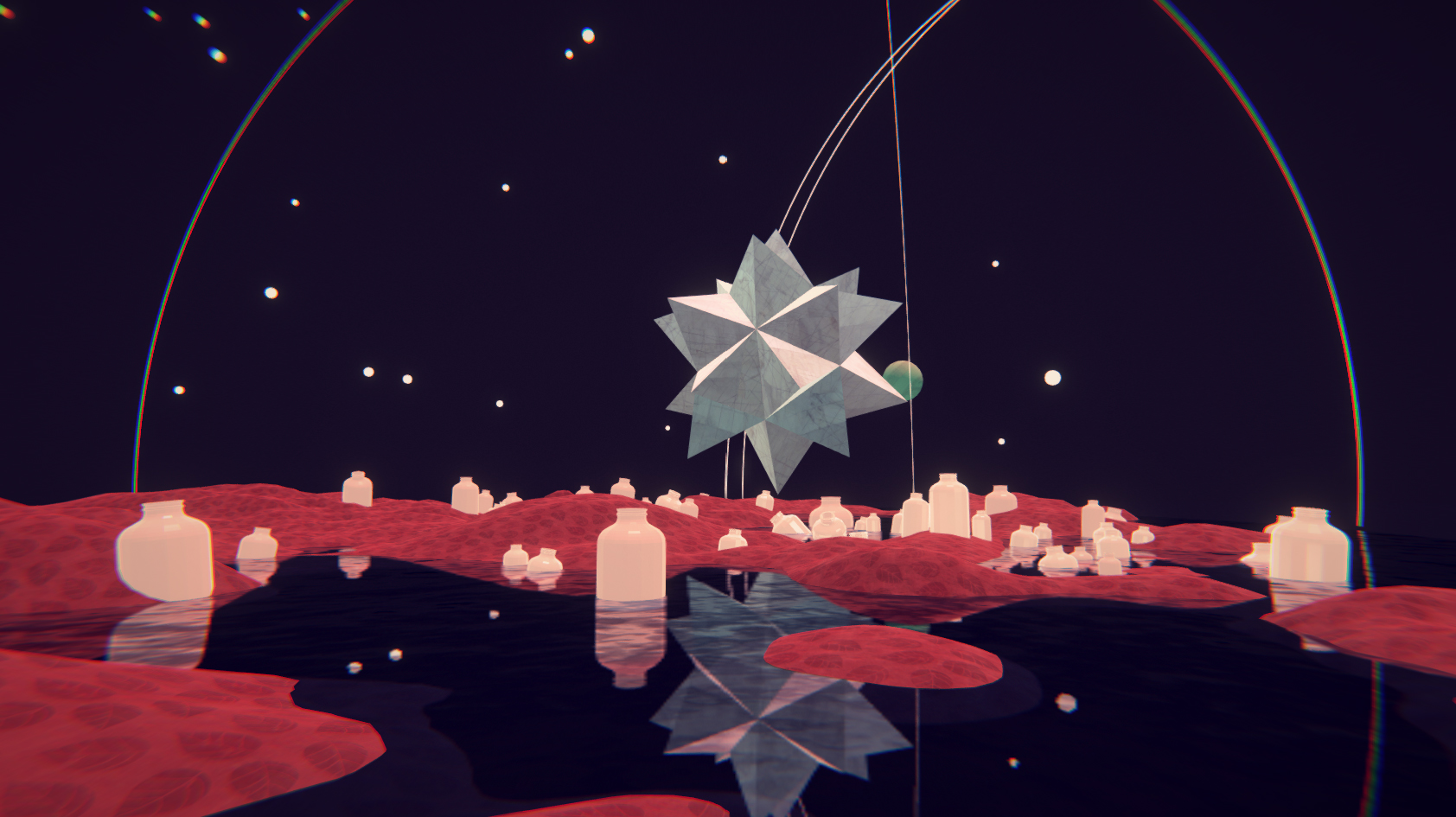
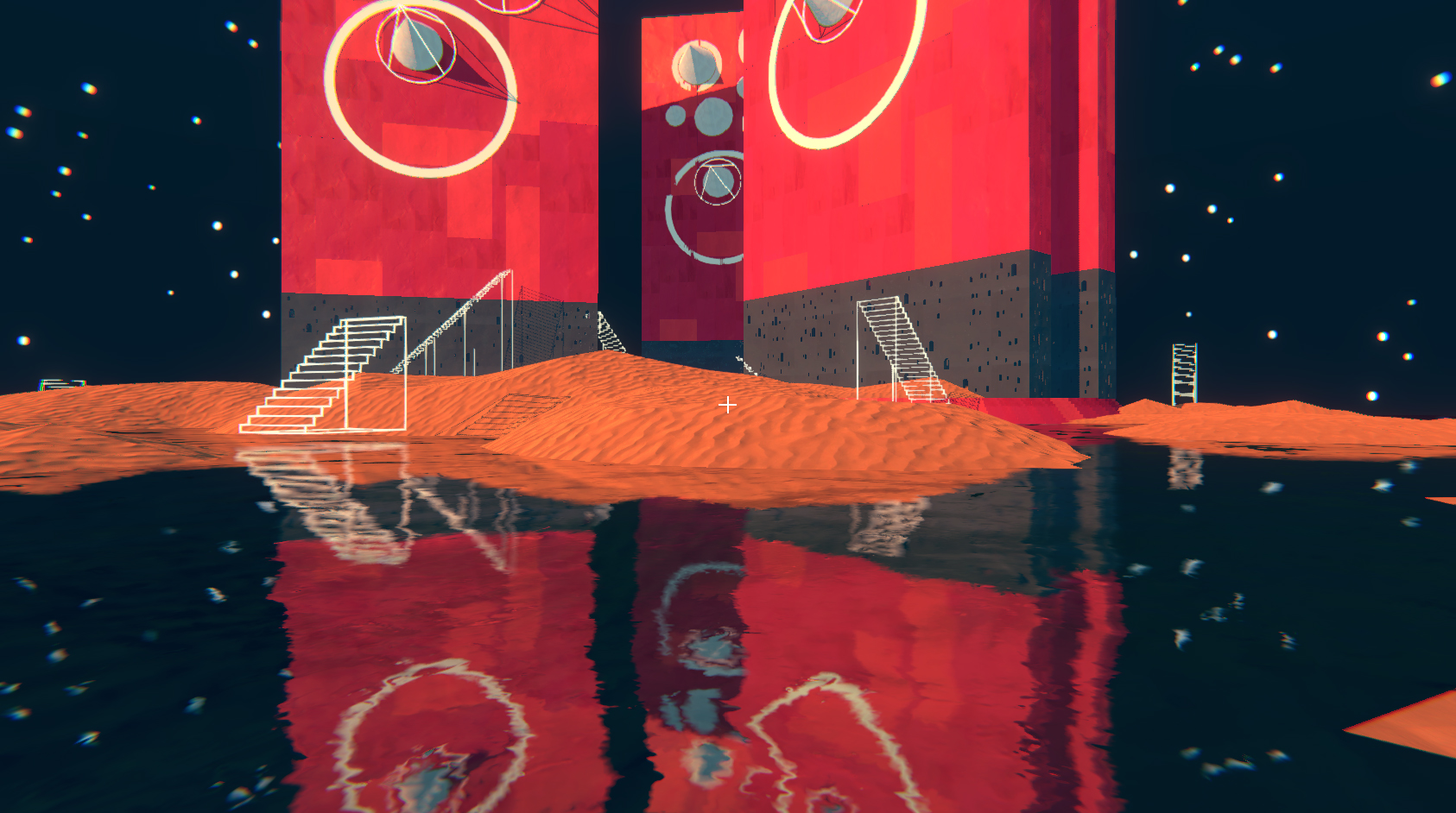
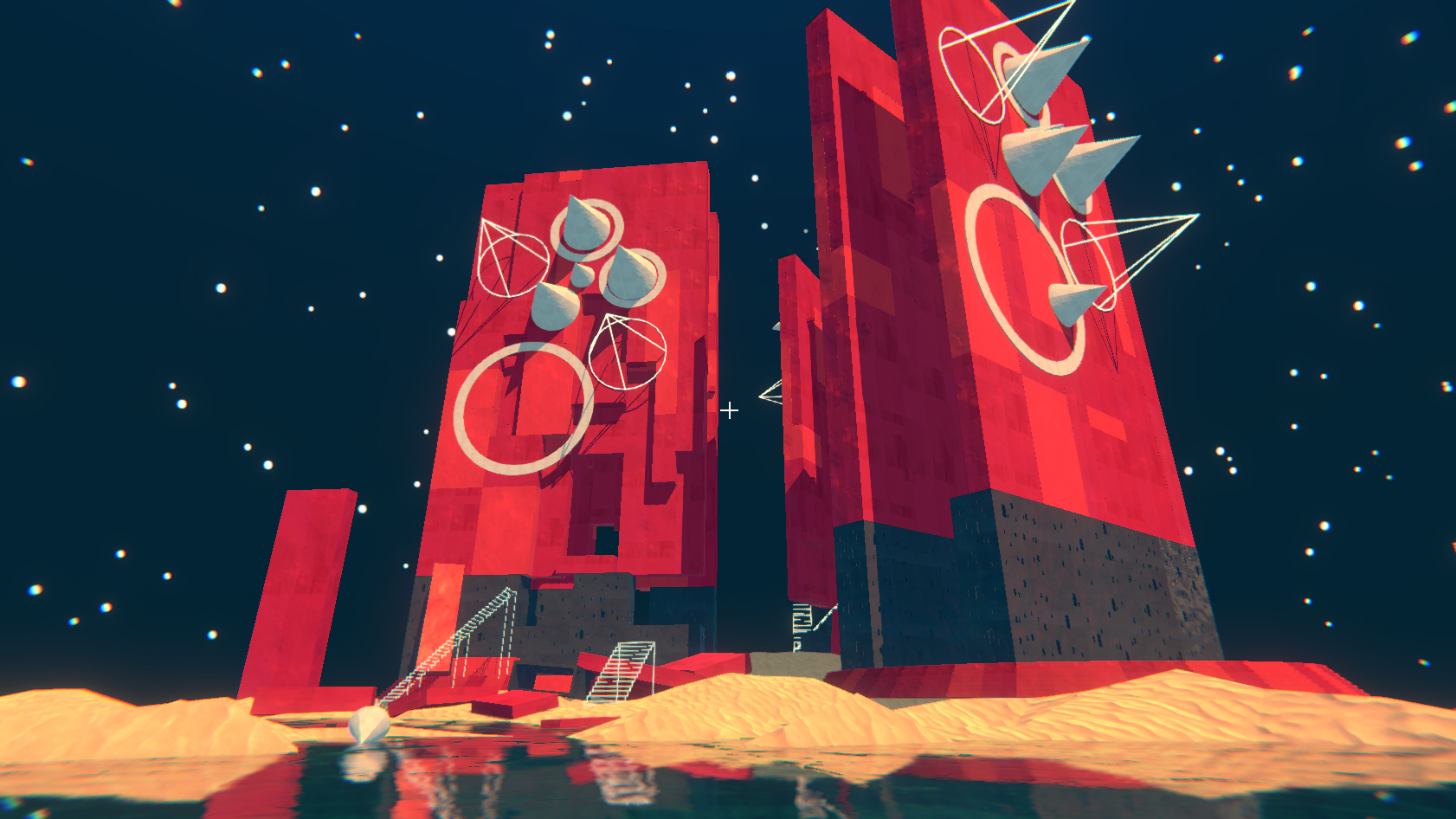

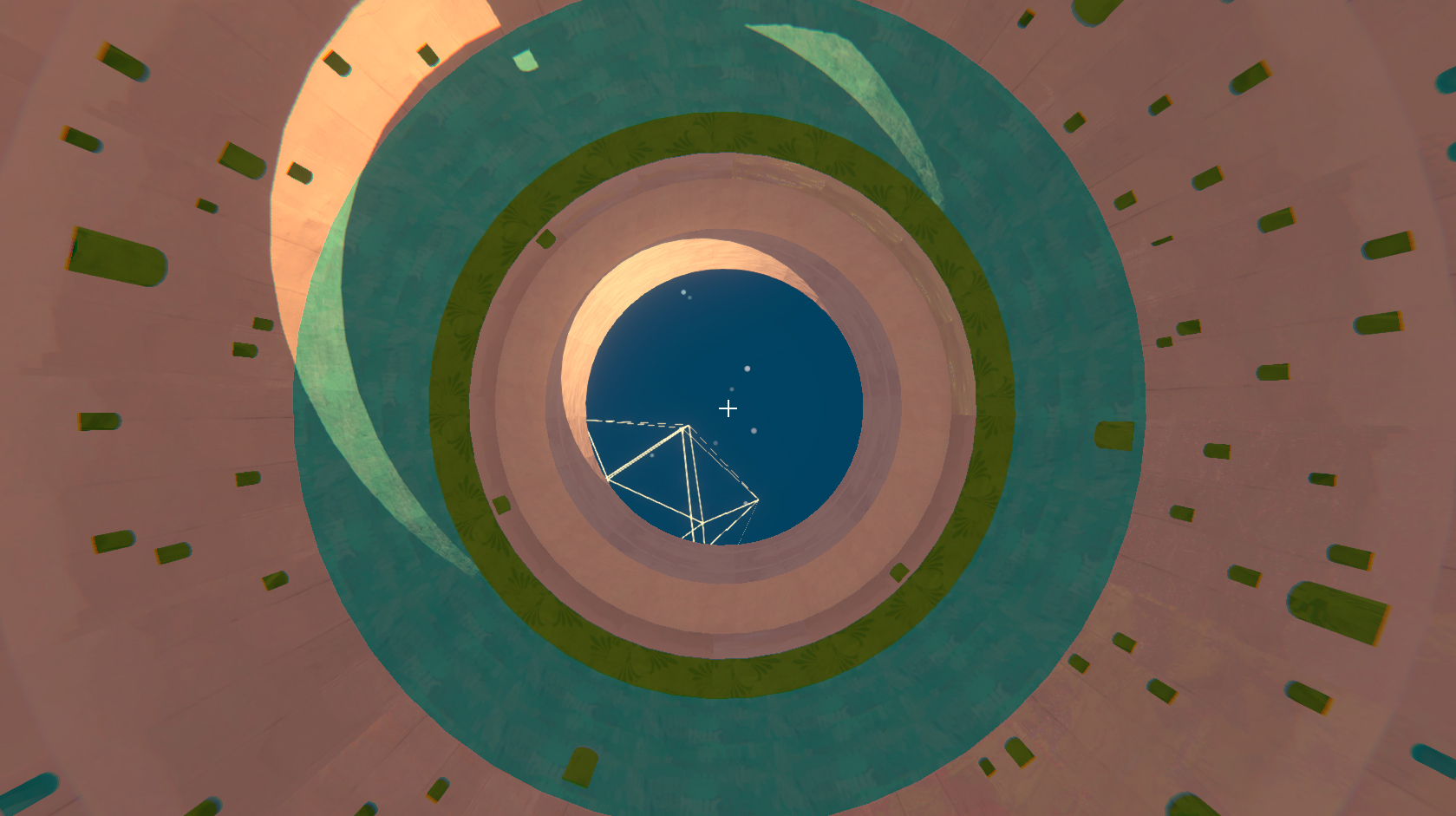

An Indivisible Margin of Error.
- project Somewhere.
The Ninth Observatory of Matsyapura.
In 1832, James Pendleton Fielding embarked upon a search for the Ninth observatory of Matsyapur.
Convinced of its existence by a dubashi called Aziz, Fielding decided with all the authority of his station as the Magistrate of Matsyapur, to commence a search for this structure. And proceeded to divert the considerable revenue that he received from the opium caravans that year, into this peculiar venture.
This whimsical project, doomed to failure from its very outset, cost him eleven afghan steeds, two camel caravans, one Portuguese cannon, untold rupees in wealth and later, his Magistracy. But in the fervor of his search, and long before the destitution of his office, he accumulated a grand document detailing all known and recorded history of the observatories of Matsyapur. An invaluable compilation that received scant recognition at the time, and which the author himself later disavowed.
Nonetheless, it is in this book, called ‘the Nine Observatories of Matsyapur’, that we first find mention of the conference of astronomers that occurred in the year 1603. An unprecedented gathering of algorists and calandric guilds, astrolabe makers and copper smiths, calligraphers and masons, muezzin callers and philosophers, kings and courtiers and of course astronomers.
Under the shadow of an annular eclipse, they all gathered to arbitrated the cause of inscrutable errors that had plagued each of their observations, of the night sky and its arcane behaviors. Errors, that upon closer examination yielded a periodic margin repeated at various bewildering scales.
In search for this margin of error, it was decreed that nine observatories would be built, each at a different place and each assigned the burden of a particular calculation. Their observations would then determine, with unerring certainly, how small the measure of such an error should be.
This unwavering quantum, which they believed was the smallest error possible, was to be called Truti. A measure minute enough to be a building block of all celestial movement and creation.
It is now known that five of the Matsyapur observatories occupied sites where Maharaja Jai Singh II later constructed his magnificent structures, making use of the original delineations to chart the locations and inclinations of his yantras. Three other observatories, much smaller in size, were appropriated form their original sites and can now be found at the Welsh Owain Castle as part of the Godfrey collection.
Only the ninth observatory remains unrecorded, with little recollection of where it was built and to what purpose. It is this ninth observatory, the one so effaced from memory, that we seek to recreate here.
Credits :
Created with support from Jawahar Kala Kendra Jaipur, for the When Is Space Exhibition.
Created as part of project Somewhere, with support from India Foundation for the Arts & Technicolor.
Displayed at :
When Is Space - Conversations on contemporary architecture in India . At Jawahar Kala Kendra, Jaipur.
Press :
When is Space? is a thought-provoking show. Scroll.in
Oleomingus’s approach to games is hyper-literary. Venture Beat.
Somewhere is a game that Studio Oleomingus has been working on for more than half a decade ... but Somewhere might not exist. PC Gamer June 2018 print edition.
... spaces that challenge the idea of singular spaces and universal narratives. India Today (May 2018).



